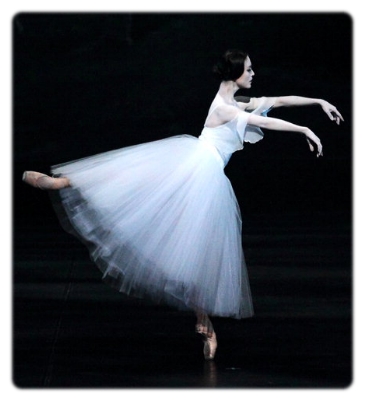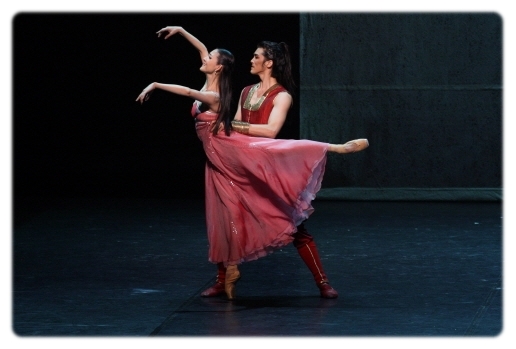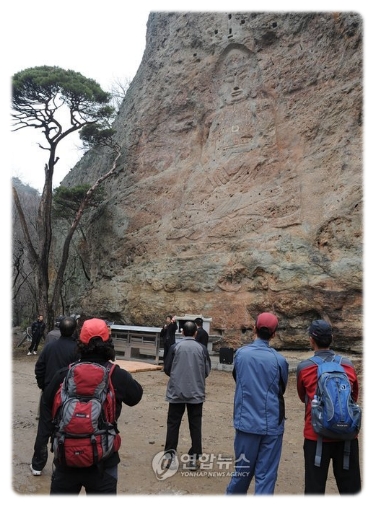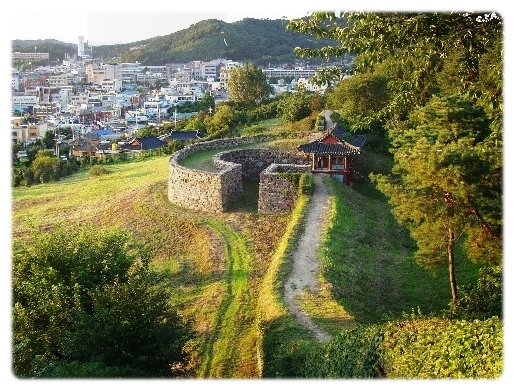It was unusual that temperature in May recorded 28 degree in Celsius. It made us really worried about the coming summer. Well, it was right. Why don’t we go on a trip to a cool place? Where can be a better place rather than the ocean or a mountain that has many things to see and even has the freshness of early autumn?
Today we would like to proudly introduce the Korea’s beauty, Caves. There have been a lot geographical changes in this peninsula, which formed many magnificent sites in Korea. It might be a privilege for all of us in Korea to be able to enjoy it.
There are several kinds of caves. Limestone caves are formed by the rainwater which dissolves the limestone layer. Sea caves are formed by abrasion of the ocean wave. Lava caves are formed by lava flow. Artificial caves are formed on a specific purpose. There are more limestone caves and sea caves in Korea. Stalagmites, stalactites and stone pillars are so beautiful that more and more people keep visiting the caves. And this will guide you to explore the caves which are the gifts from the Mother Nature. Let’s take a look.
Korea’s only theme cave, Hwaam

<Gold-colored Stalactite, Hwaam Cave>(Source: Kookmin Ilbo)
Hwaam Cave located in Jeongsun, Gangwon-do is recognized as one of the great caves in Korea. It was listed in 1980 as the monument No. 33. Most of all, it is highly recognized for its beauty and it is also one of the eight beauties in Jeongsun, Gangwon-do. It is the only themed cave. The theme presents the ‘Meeting of the Gold and the Nature’. What makes it unique is that, Hwaam Cave has both coal mine and natural cave. To get to the starting point of the cave, you should take a shuttle train. You will truly feel the theme of the ‘Meeting of Gold and Nature’.
The tour length of Hwaam Cave is 1,803 meters and the tour takes approximately one and half hour. You can see some chapters in the cave. The chapters consist of ‘History’, ‘365 along with Gold Line’, ‘Wonderland’, ‘Gold world’, ‘Nature Wonder’. The cave was discovered while mining the gold, so there are many displays and exhibits inside are connected with Gold mine. You can see the times of mining gold and a gold vein. It is quite interesting to see gold bars. In addition, there are some displays showing various kinds of gold mines, the use of gold and the history of gold. It is already beyond the museum. For the children who easily get bored, there is a chapter of ‘Gold Ghost and Silver Ghost in Wonderland’ which are mascots of this cave. The Wonderland shows how to mine gold and make gold products from the children’s perspective. Actually, there are more family visitors in a cave tour.
You can also enjoy a geological beauty. Hundreds of stalactites hanging on the ceiling are spectacular. It looks like a curtain hung over the cave. It is not fair just to say “beautiful”, but it is natural to say “beyond the expression!”.
Mystic geologic cave, Gosu
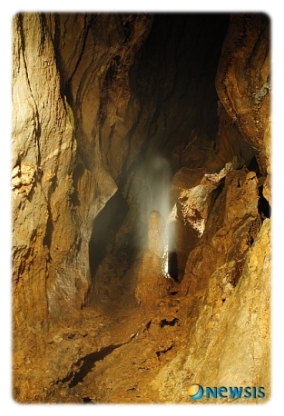
<Statue of ‘Virgin Mary’ in Gosu Cave> (Source: Newsis)
Many people said this Gosu Cave, located in Danyang, Chungcheongbuk-do, is genuinely the best of all. Because there are many beautiful rocks, stalagmites, stalactites and stone pillars.
Gosu cave made of limestone layers is listed No. 256 as a natural monument. There are various creatures by the cave, which has high academic value. It is 1,200 meters long. However travelers have an access only to 600 meters inside for environmental conservation.
However, once you enter, you will definitely be amazed. It is so beautiful that you won’t be disappointed at not seeing the whole cave. Stalactites and stalagmites which grown up and down for a long period of time finally has become the limestone pillars. With that, you will feel the eternity of time.
The ‘Gom Bawi (Bear rock)’ that looks like a roaring bear is a mystic nature itself which makes you keep looking at it. ‘Cheondang SeongByeok (the Wall of the Castle of Heaven)’ has beautiful stalactites, which are very popular among many travelers who want to take a picture of them. In fact, it is very amazing to know that it takes 5 years and even 10 years for stalactites to grow up to 1 cm. Gosu Cave is made 5.4 million years ago. Once again, you can feel the eternity of time. During the journey, you will see a rock called a statue ofthe Virgin Mary. The rock looks like the Virgin Mary holding hands, kneeling and praying.
Before you go to Gosu Cave, there are several things you should remember. As the entrance road is very narrow, you have to be careful. A pathway inside of the cave is very narrow and steep. It is also very humid, so you might feel as if you were in the rain. It has 95 percent to 97 percent humidity, so that you’d better prepare the raincoat.



